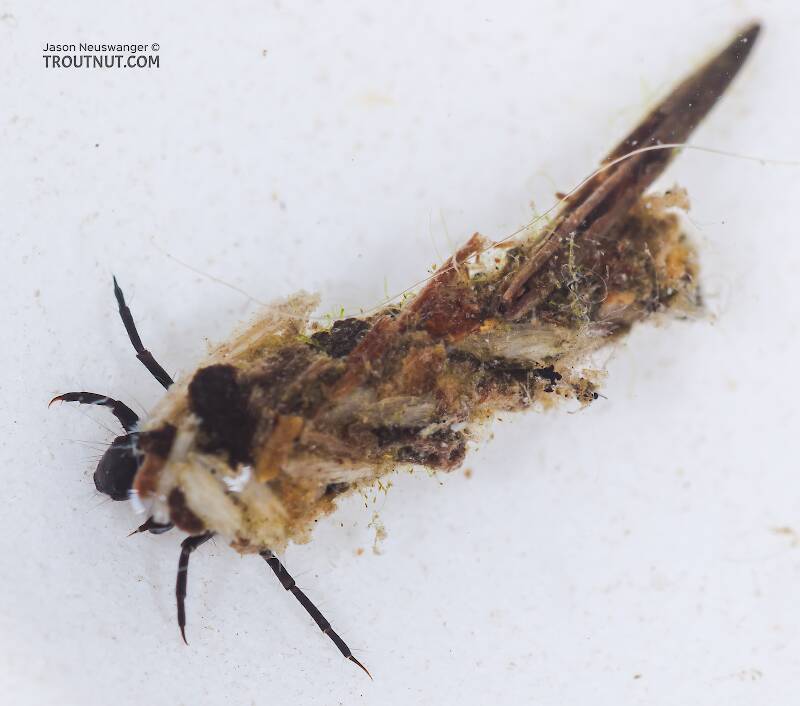
Salmonflies
Pteronarcys californica
The giant Salmonflies of the Western mountains are legendary for their proclivity to elicit consistent dry-fly action and ferocious strikes.


Mayfly Species Ameletus dissitus (Brown Duns)
Where & when
In 4 records from GBIF, adults of this species have been collected during June (50%), July (25%), and April (25%).
Species Range
Physical description
Most physical descriptions on Troutnut are direct or slightly edited quotes from the original scientific sources describing or updating the species, although there may be errors in copying them to this website. Such descriptions aren't always definitive, because species often turn out to be more variable than the original describers observed. In some cases, only a single specimen was described! However, they are useful starting points.
Male Spinner
Wing length: 10-12.5 mm
A clear-winged species, in which the wings are faintly tinged with greenish grey. Body yellowish.
Head brownish. Thorax brown. Pronotum and posterior portion of metanotum blackish. Fore leg blackish brown; middle and hind legs yellowish to yellowish brown, the femora tinged with darker brown. Wings hyaline, very faintly tinged with greenish grey. Venation blackish brown. Stigmatic cross veins strongly anastomosed.
Abdomen bright yellowish to yellowish brown. Posterior margins of tergites 2-8 and the postero-lateral angles, blackish brown. Tergites 9 and 10 similarly marked, but somewhat darker in color. Sternites somewhat lighter in color than the tergites, “and seemingly marked each with a light pitch-brown blotch at the base in the middle”’ (Eaton). Forceps base light yellowish. Forceps blackish. Tails dark brown, joinings opaque. Genitalia as in fig. 118.
Start a Discussion of Ameletus dissitus
References
- Needham, James G., Jay R. Traver, and Yin-Chi Hsu. 1935. The Biology of Mayflies. Comstock Publishing Company, Inc.
Mayfly Species Ameletus dissitus (Brown Duns)
Species Range
Common Name
Resources
- NatureServe
- Integrated Taxonomic Information System
- Global Biodiversity Information Facility
- Described by Eaton (1885)

